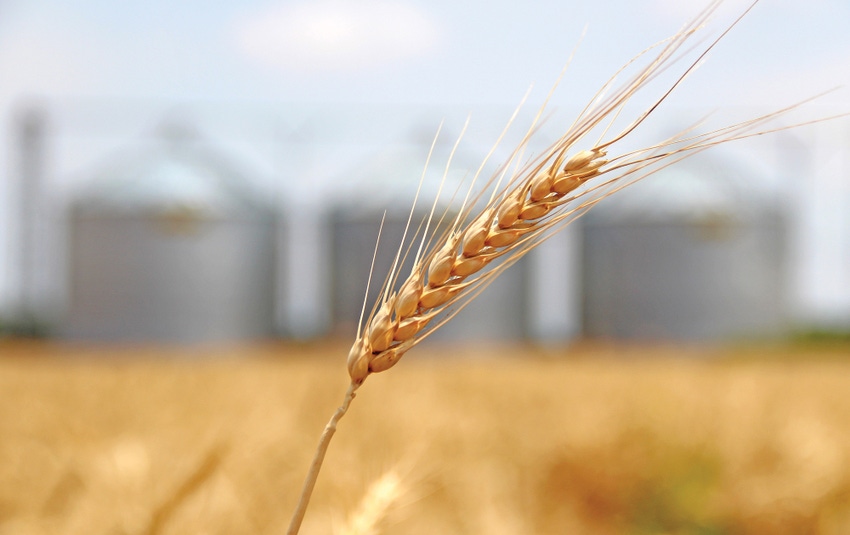July 18, 2012

While wheat diseases were minimal this past year, they can become problematic under certain conditions. Fortunately for farmers there are options available when diseases strike, according to Boyd Padgett, LSU AgCenter plant pathologist.
The best tool available for growers starts well before the first seed goes into the ground, and that is a variety with disease resistance.
“Choosing a high-yielding, disease-resistant variety is the first and best line of defense against wheat diseases,” Padgett said.
Wheat market running wild
It is important to have a backup plan if the first line of defense fails. Padgett and other plant pathologists in the AgCenter continue to examine and evaluate fungicides as a second line of defense. The scientists also are investigating whether pathogens, the organisms that cause diseases, are developing resistance to fungicides.
According to Padgett, many of the older fungicides are still effective and are cheaper than the newer fungicides. “The newer fungicides are fairly expensive, but they may be advantageous when disease pressure is extremely high.”
Farmers can protect themselves by booking their seed as soon as possible, which for many is as early as July. If disease-resistant varieties are in short supply, growers may be forced to grow more susceptible varieties. In these instances, Padgett said producers need to be more vigilant in scouting their fields for the presence of diseases.
This year’s wheat harvest was somewhat disappointing with statewide yields averaging fewer than 50 bushels per acre, which was below last year’s average of 54 bushels per acre. Experts believe that the dry conditions encountered during the planting season, the warm and wet conditions of winter and early spring, and the extremely warm late spring led to less than ideal growing conditions. Many of the grains of wheat did not completely fill, causing yields to suffer.
The atypical weather during the winter and spring resulted in isolated incidences of two diseases not normally seen in Louisiana. Septoria leaf blotch and bacterial streak were reported in a few fields, but both arrived late in the season causing little to no yield loss. Padgett recommends farmers not leave much straw in fields because fungi that cause diseases, such as Septoria, overwinter there.
More on wheat diseases and recommended varieties can be found here. Go to Crops and then Wheat & Oat.
You May Also Like




